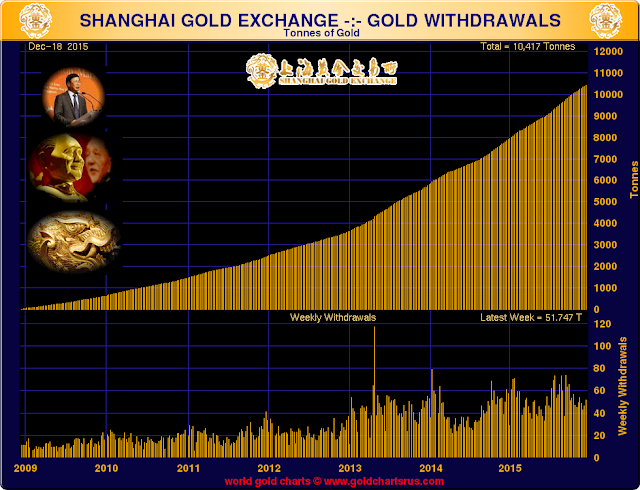A lot of readers may be tempted to quit reading right now, because “derivatives” is a term that sounds quite complicated. And yes, the details of these arrangements can be immensely complicated, but the concept is quite simple. Here is a good definition of “derivatives” that comes from Investopedia…
A derivative is a security with a price that is dependent upon or derived from one or more underlying assets. The derivative itself is a contract between two or more parties based upon the asset or assets. Its value is determined by fluctuations in the underlying asset. The most common underlying assets includestocks, bonds, commodities, currencies, interest ratesand market indexes.
I like to refer to the derivatives marketplace as a form of “legalized gambling”. Those that are engaged in derivatives trading are simply betting that something either will or will not happen in the future. Derivatives played a critical role in the financial crisis of 2008, and I am fully convinced that they will take on a starring role in this new financial crisis.
And I am certainly not the only one that is concerned about the potentially destructive nature of these financial instruments. In a letter that he once wrote to shareholders of Berkshire Hathaway, Warren Buffett referred to derivatives as “financial weapons of mass destruction”…
The derivatives genie is now well out of the bottle, and these instruments will almost certainly multiply in variety and number until some event makes their toxicity clear. Central banks and governments have so far found no effective way to control, or even monitor, the risks posed by these contracts. In my view, derivatives are financial weapons of mass destruction, carrying dangers that, while now latent, are potentially lethal.
at http://theeconomiccollapseblog.com/archives/financial-armageddon-approaches-u-s-banks-have-247-trillion-dollars-of-exposure-to-derivatives



